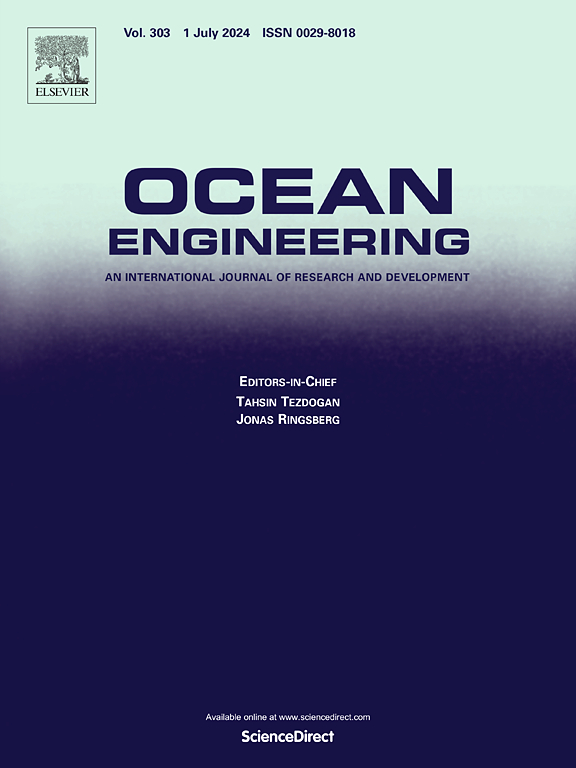A numerical study for assessing bypass pigging slippage and stoppage using adaptive mesh
IF 4.6
2区 工程技术
Q1 ENGINEERING, CIVIL
引用次数: 0
Abstract
The bypass hole allows the pig moving at the velocity lower than the gas velocity in the pipeline, thereby reducing its impact on pipe accessory equipment, while also leads to the uneven pig motion. To illustrate the factors influencing pigging slippage and stoppage, this paper proposes an iterative numerical solution for bypass pigging using adaptive mesh, which adopted detailed meshes around the pig, with pig boundaries treated as discretized grids. The accuracy of proposed numerical solution is validated through the consistency analysis of pigging slippages and stoppages with experimental results. The numerical findings indicate that the uneven pig motion is characterized by an initial stoppage, followed by a repeated acceleration-deceleration process with gradually smoothed fluctuations. Initial stoppages, observed both numerically and experimentally, are attributed to pressure gathering over the pig, which can be mitigated by increasing the gas flow, reducing the friction, or lowering the bypass rate. While, sudden stoppages in abnormal pipe sections manifest either as a deceleration-stop process influenced by increased friction when entering high friction section, or as a fluctuation-stop process decided by gas compressibility when entering low friction section, which highlights the necessity for precise friction to accurately assess transient pig motion using this numerical method.
基于自适应网格的旁通清管滑移与堵漏数值计算研究
旁通孔允许清管器以低于管道内气体速度的速度运动,从而减少了其对管道附属设备的影响,同时也导致清管器运动不均匀。为了说明影响清管柱滑移和堵塞的因素,本文提出了一种基于自适应网格的旁路清管柱迭代数值解,该方法采用清管柱周围的详细网格,将清管柱边界作为离散网格处理。通过与实验结果的一致性分析,验证了所提数值解的准确性。数值结果表明,不均匀清管器运动的特征是初始停止,随后是一个反复的加速-减速过程,波动逐渐平滑。通过数值和实验观察到,最初的停机是由于清管器上的压力聚集造成的,可以通过增加气体流量、减少摩擦或降低旁通速率来缓解。然而,异常管段的突然停止,在进入高摩擦段时表现为受摩擦力增加影响的减速-停止过程,或者在进入低摩擦段时表现为由气体压缩性决定的波动-停止过程,这突出了使用该数值方法准确评估瞬时清管器运动的精确摩擦的必要性。
本文章由计算机程序翻译,如有差异,请以英文原文为准。
求助全文
约1分钟内获得全文
求助全文
来源期刊

Ocean Engineering
工程技术-工程:大洋
CiteScore
7.30
自引率
34.00%
发文量
2379
审稿时长
8.1 months
期刊介绍:
Ocean Engineering provides a medium for the publication of original research and development work in the field of ocean engineering. Ocean Engineering seeks papers in the following topics.
 求助内容:
求助内容: 应助结果提醒方式:
应助结果提醒方式:


